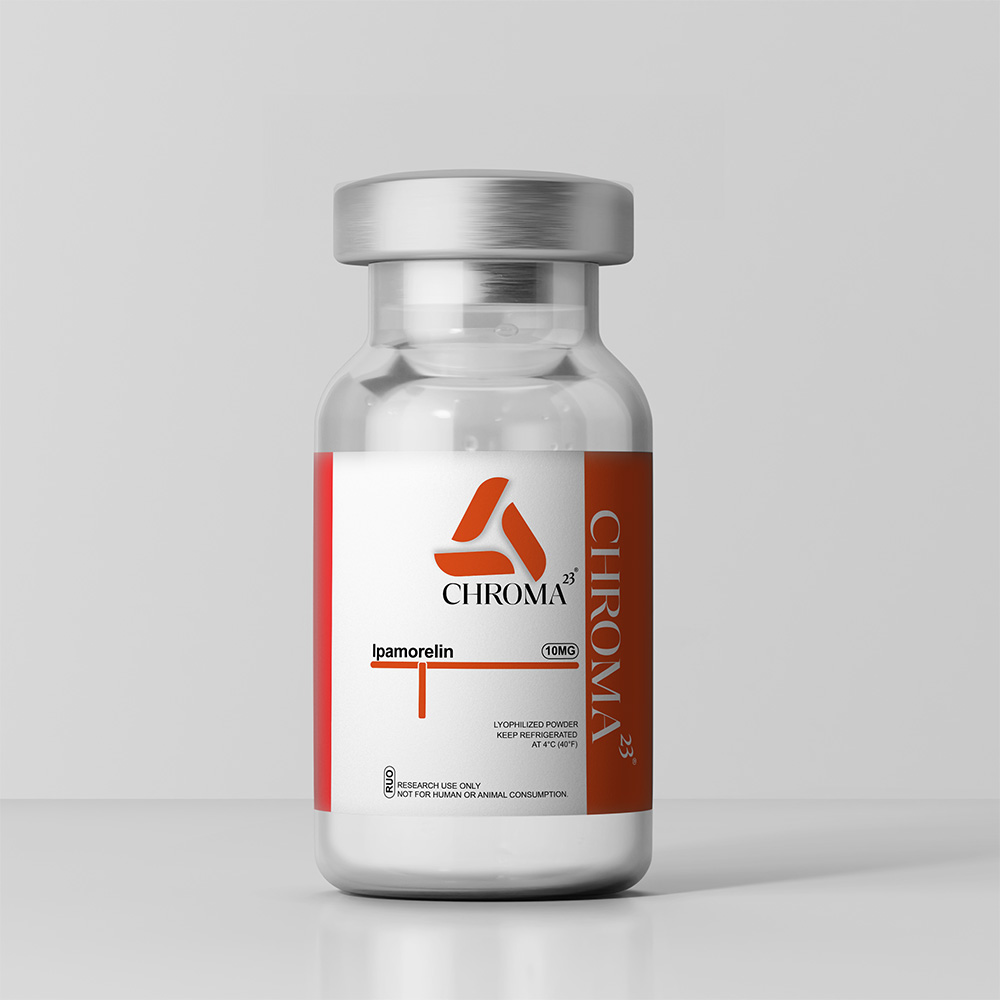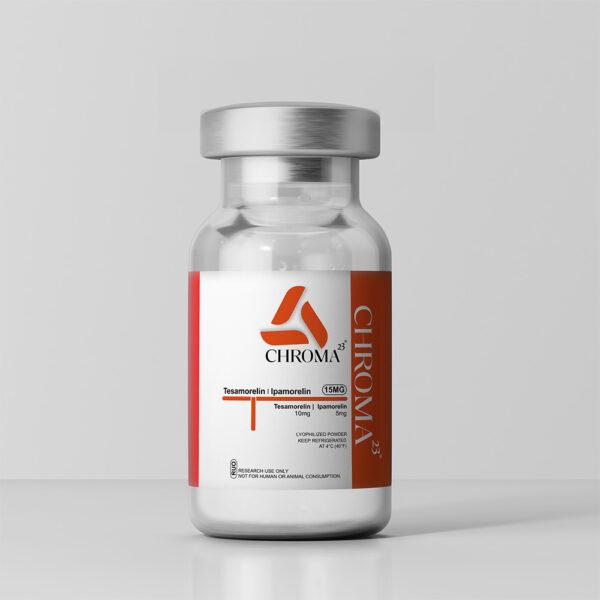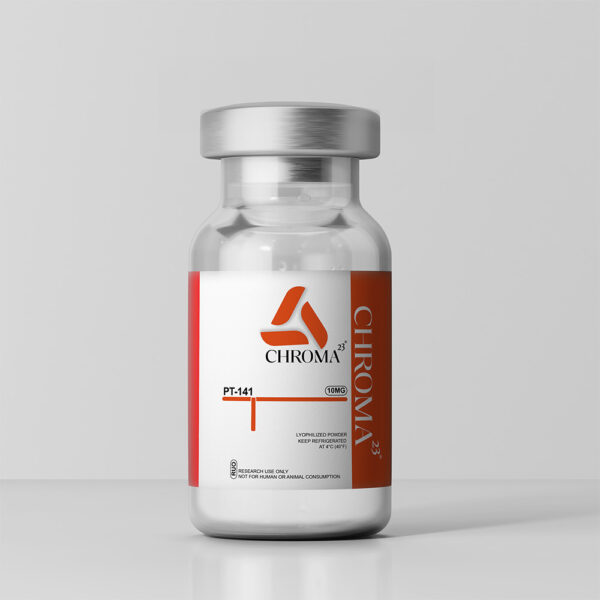Ipamorelin is a synthetic peptide that mimics the action of growth hormone-releasing hormone (GHRH). It is known as a growth hormone secretagogue due to its ability to stimulate the pituitary gland to secrete endogenous growth hormone (GH). Unlike other peptides that release GH, Ipamorelin does so selectively, without significantly affecting the secretion of other hormones like cortisol or prolactin. This makes it an attractive peptide for research into growth hormone regulation and its various physiological effects.
The primary mechanism of action of Ipamorelin is its binding to the GHS-R1a receptor, which then triggers the release of GH. GH has a wide range of biological effects on the body, including promoting the growth of tissues and muscles, enhancing fat metabolism, and stimulating the production of insulin-like growth factor 1 (IGF-1). IGF-1, in turn, plays a vital role in cell growth, tissue repair, and muscle regeneration.
Research on Ipamorelin has primarily focused on its potential to support muscle regeneration and fat metabolism. In studies involving growth hormone deficiency or age-related muscle loss (sarcopenia), Ipamorelin has been shown to enhance muscle mass and strength. This peptide is of particular interest in the field of regenerative medicine, where it could be used to support the healing of tissues, especially in cases of muscle injuries or degenerative diseases.
One of the key advantages of Ipamorelin over other GH secretagogues is its selective action. While other peptides may lead to increased levels of cortisol (a stress hormone) and prolactin, Ipamorelin specifically targets growth hormone release with minimal side effects. This characteristic makes it a preferred option for research into the long-term effects of increased GH levels, as it reduces the risk of unwanted hormonal imbalances.
Ipamorelin is also being researched for its potential applications in obesity treatment. By stimulating the release of GH, it may promote fat metabolism and support fat loss. This makes it a valuable tool in studies aimed at understanding and addressing obesity-related conditions, such as metabolic syndrome and type 2 diabetes.
Additionally, Ipamorelin has been explored for its potential role in improving bone density and supporting overall bone health. GH and IGF-1 are essential for bone growth and remodeling, and Ipamorelin’s ability to stimulate GH release may help improve bone mineral density in individuals with age-related bone loss or conditions like osteoporosis.
In summary, Ipamorelin is a promising peptide for a variety of research applications, particularly those involving growth hormone regulation, muscle regeneration, fat metabolism, and bone health. This 10mg formulation is intended for research purposes only and must be handled according to safety guidelines in controlled laboratory environments.
For research use only. Not intended for human or animal use.
Product Data:
- Chemical Name: Ipamorelin
- CAS Number: 170851-70-4
- Molecular Formula: C38H49N7O5
- Molecular Weight: 711.9 g/mol
- Sequence: Aib-His-D-2-Nal-D-Phg-(2S)-Pro-Ala-Ser
- PubChem CID: 57322969





